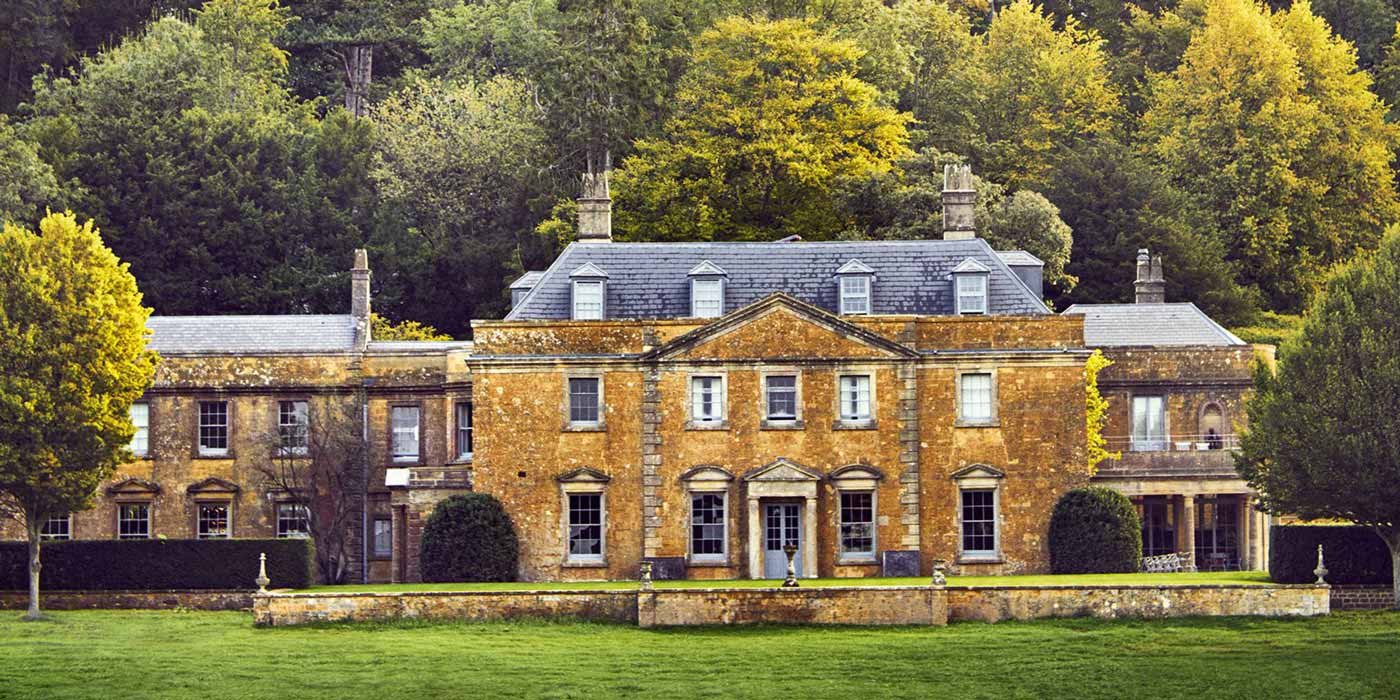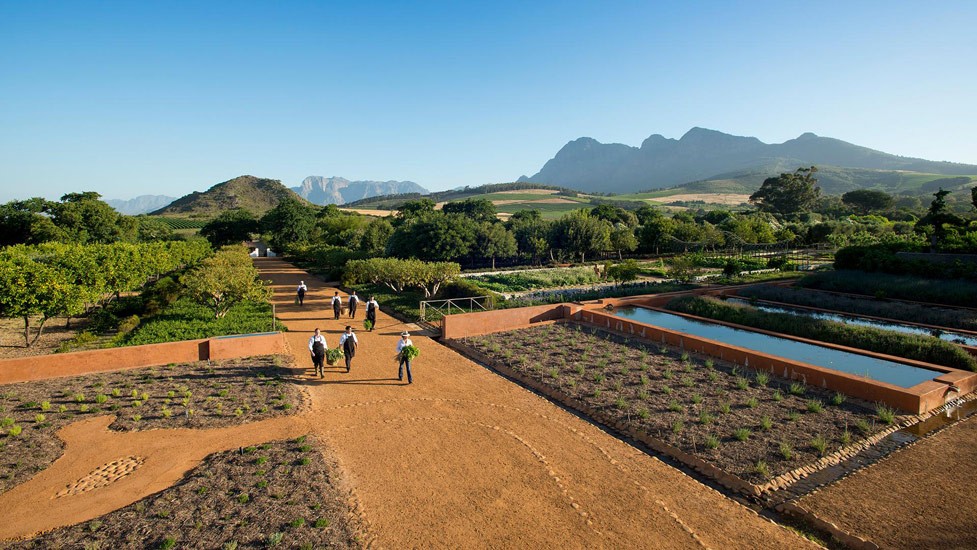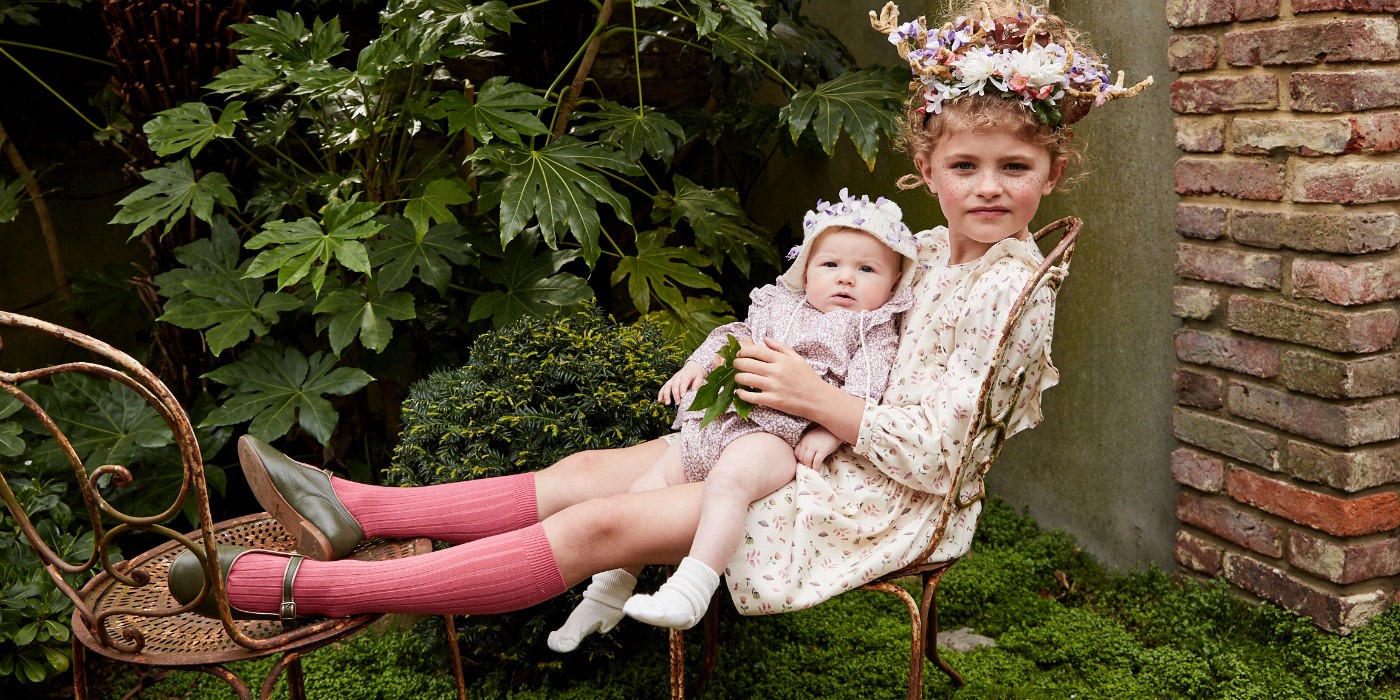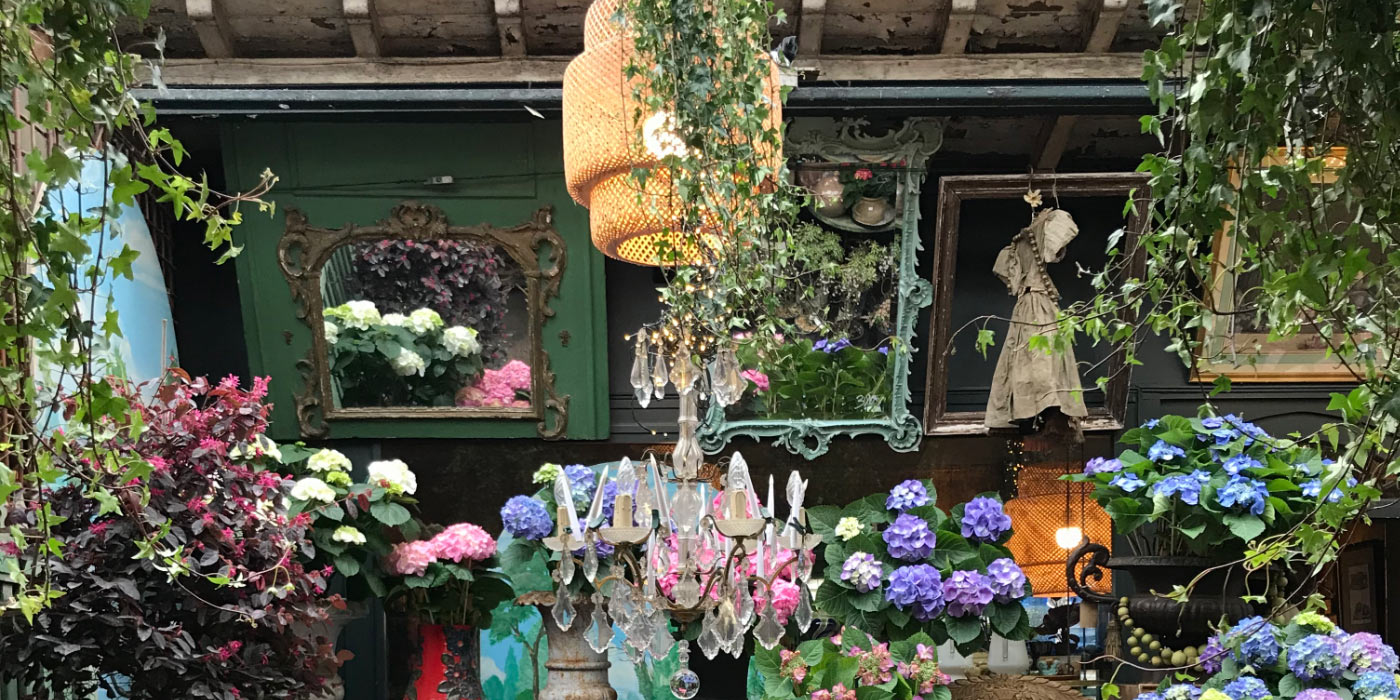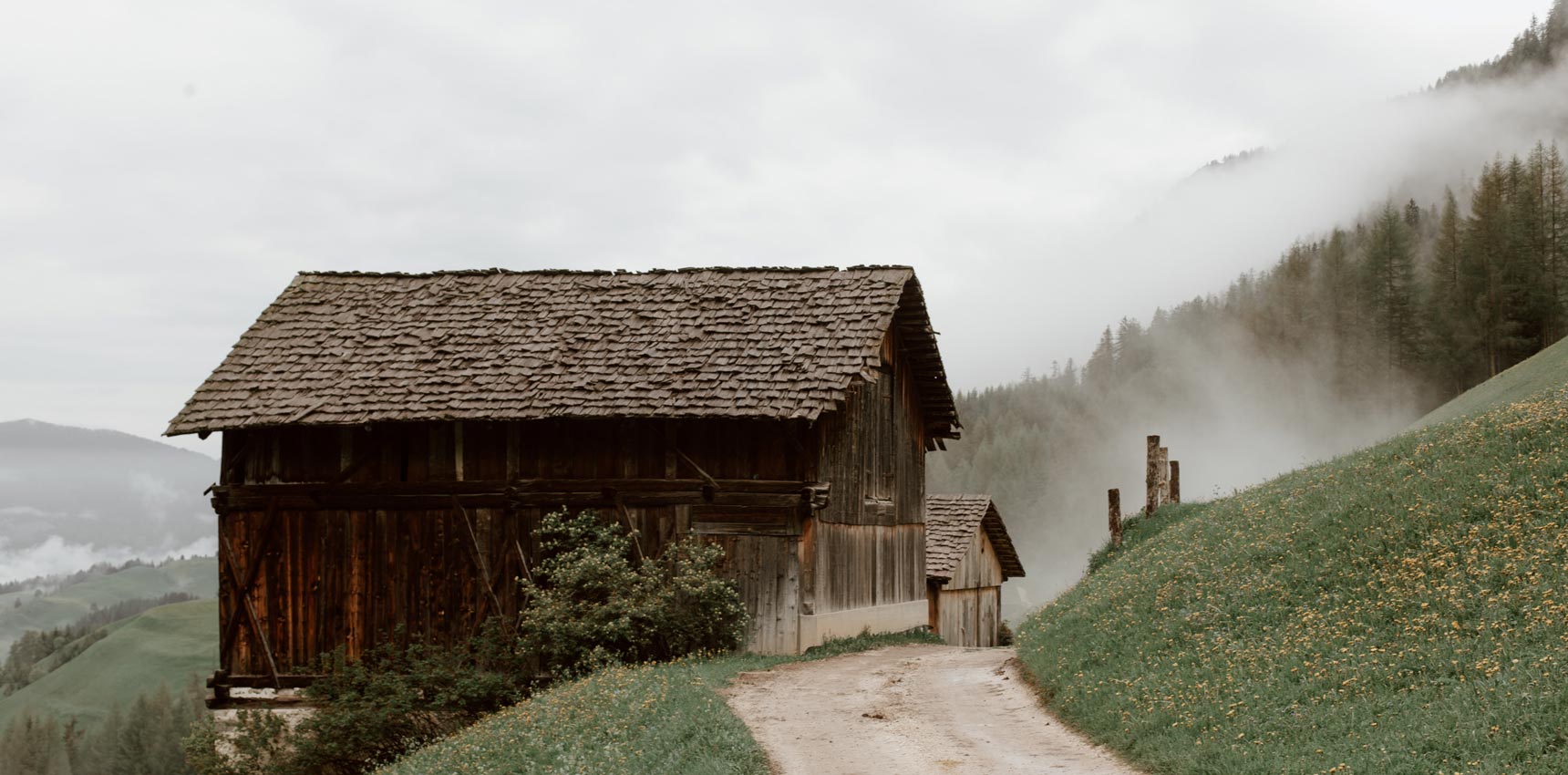The Newt in Somerset: Discover a Garden Paradise
If you were asked to describe an archetypal English country house on a scale that made it just perfectly liveable, Hadspen House in Somerset would definitely be high on the list.
Unsurprisingly, when Hadspen was put on the open market for the first time in over 200 years, celebrities, including Johnny Depp, were rumoured to have bought it.
The ultimate buyers were, in fact, a South African couple in search of a family home who, in a somewhat clichéd way, stumbled across an ad in ‘Country Life’ magazine, although what evolved could not have been further from a cliché.
It did not take long before Karen Roos, an author and former editor of Elle Decoration South Africa, and her husband Koos Bekker, were drawn into an ambitious journey that has seen the house transform into an exquisite hotel, and surrounding acres into orchards, meadows, kitchen gardens and planting to support an ecosystem to fuel its restaurants and farm shop.
Fun Fact: It was an encounter with a rare amphibian in the form of a newt (a protected species) that resulted in significant changes to their original plans, not to mention the schedule, and eventually gave the property its unique new name.

Experiencing the Newt Somerset
On arrival, you are aware of a distinctive aesthetic as you pass acres of fruit trees meticulously planted and miles of honey-coloured dry stone walls.
Age and weather-worn oak sleepers fashioned into raised beds define spacing for cars, and a huge fallen tree trunk has been crafted to provide parking slots for two-wheeled visitors.
You are led towards a curved boardwalk arriving at a threshing barn whose contemporary glazed facade gives you the distinct impression that you have stumbled across a Stirling prize winner.
There is so much to admire before formally stepping inside the main event, although it is something of a misnomer to call it that because as you take in your surroundings, it’s hard to know exactly what that is.
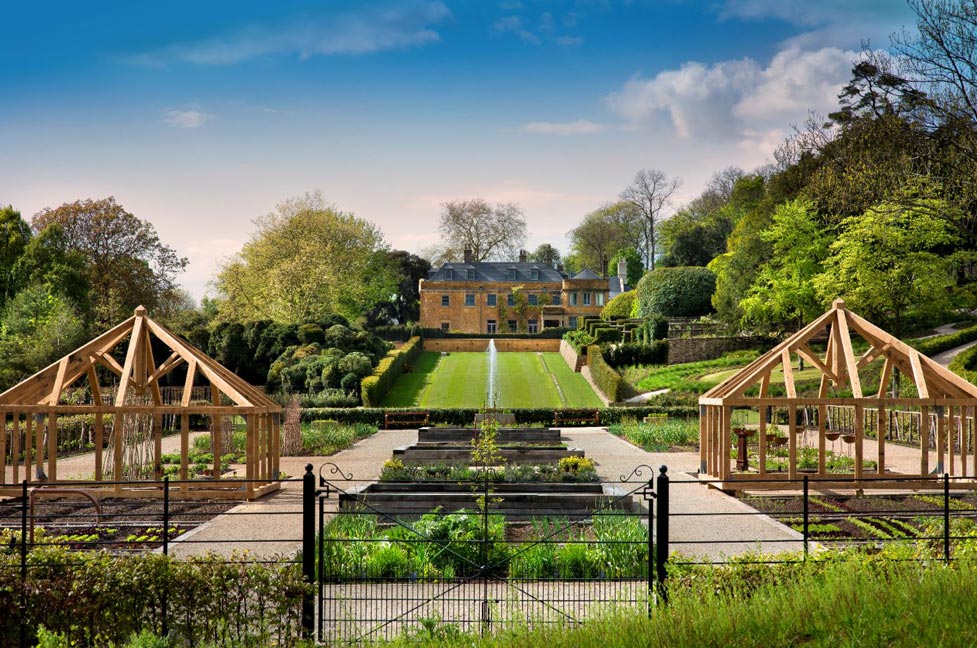
Drinking it in
Cider and Somerset are inseparable. Since The Newt boasts the nation’s largest collection of cultivars (267 to be precise), it is befitting that one of the first things you encounter as you stand at the plateau of the gently sloping site to your right is a state-of-the-art cider press. Here, apples travel along a conveyor belt before moving to an impressive selection of steel chambers that would not look out of place on the set of ‘Breaking Bad’.
If you can resist the temptation to enjoy a sample under the mature plane trees in the courtyard café, or slipping into the cheese cellar or farm shop, then you are about to go on an extraordinary sensory journey.

A sloping site and an architect’s eye
Hadspen has been synonymous with garden design since Penelope Hobhouse, affectionately known as ‘the queen of spades,’ began to transition from the formal style you would expect in an English country garden to one where plants are the exuberant heroes.
It was this sloping site that was once home to Penelope’s walled garden that its new owners tasked architect, Patrice Taravella, to reimagine as a home for its collection of fruit trees.
The curved walls have been used to support all manner of frames and structures. The fruit is trained into double cordons, helices, and espalier forms, each weighed down by stones to ensure they grow as desired, whilst the ground is underpinned by the pathways and parterres originally laid out in herbs by Hobhouse.
Patrice had been on a previous journey with the new owners, having designed the couple’s historical South African fruit and wine farm, Babylonstoren, and in common with this restoration and his own former monastery Priory of Notre-Dame d'Orsan in the Berry region of Central France, he has created at The Newt Somerset in a style that pays homage to the past but that is contemporary, and welcoming.
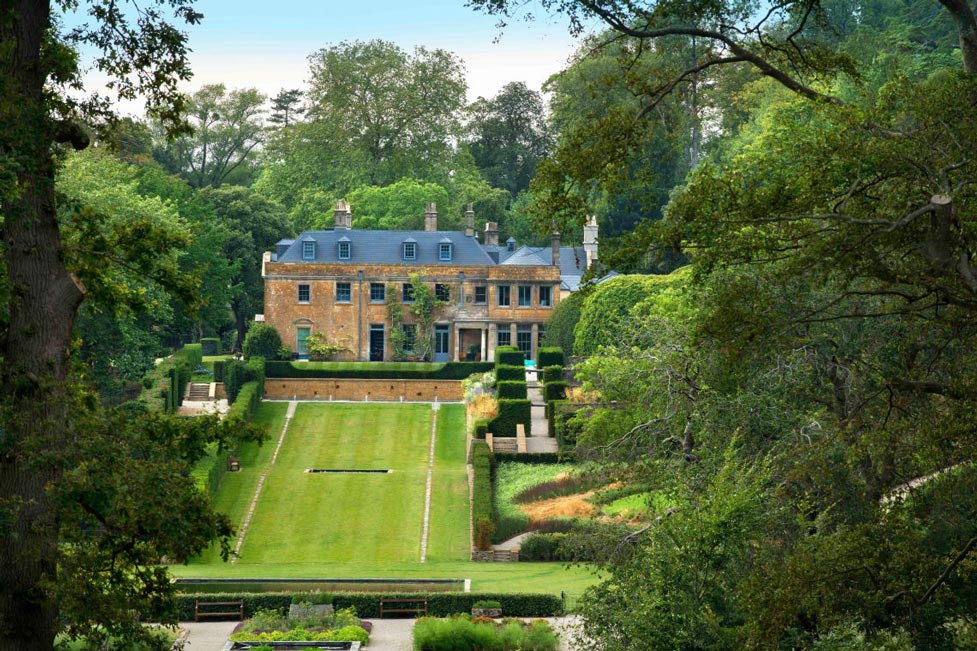
The heart of the matter
Creating an ecosystem that quite literally feeds its visitors is at the heart of The Newt. And the wildflower meadows that greet you as you emerge from the walled garden have played their part in attracting wild bees that are essential for pollination, without which there would be no cider.
Structural elements designed to weather and endure are a constant at The Newt. Fruit cages fashioned from heavy oak, and cold frames that would not look out of place in a Victorian kitchen garden look somewhat over-specified, but it is a young garden, and time will correct the balance as plants morph into their framework.
A glimpse of perfect harmony
As you leave the kitchen garden, you will see the deep honey-coloured Georgian house, now the estate’s accommodation. There are so many reasons to dedicate a visit to the hotel, first and foremost for its style, for lunch at the Botanical Room, tea on the Terrace or for the ultimate experience – an overnight stay. It’s no wonder that the hotel has been featured in Condé Nast's hotlist.
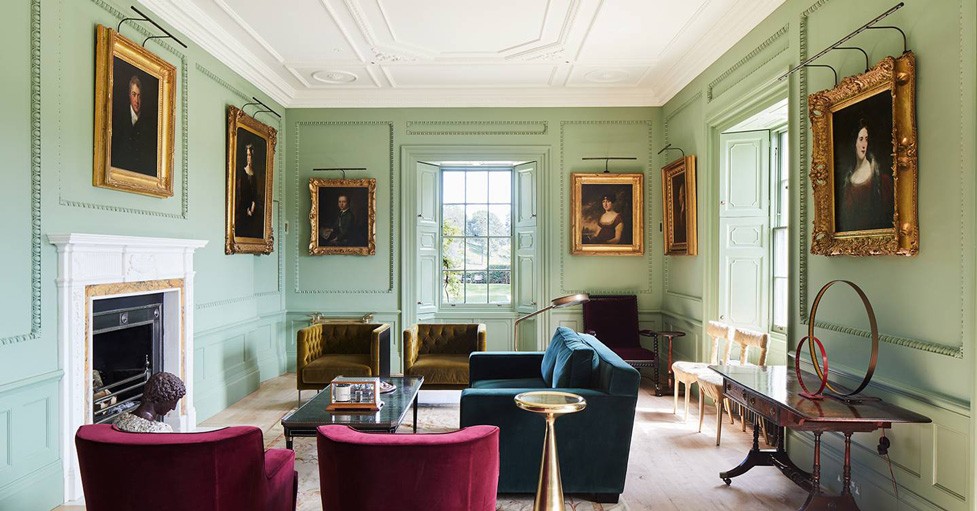
But until accommodations are open, the gardens are feeding visitors in so many ways, having remained open in various forms according to lockdown restrictions. The Newt has been generous in spirit in everything it does.
Visitors have been able to simply take in the vista, get down into the detail and compare propagation progress, marvel at the fashionably pantalooned chickens that are free to roam, dodge the toad sculptures that squirt water if your timing is out, a game in its own right if you’re under five years old.
Soon The Newt’s garden eateries will all be open again, but in the meantime, you can collect a picnic basket available to pre-order, sample ice cream from the gelateria, or shop to your heart's content for cheese made on-site or wine from further afield at Babylonstoren.
More than a garden
Describing The Newt only as a garden or as a country house hotel does it a great disservice. The entire project of which there are multiple facets has retained all the elements you would be disappointed if lost in the restoration whilst embracing the best of the new.
Its museum, which charts the history of gardening across the continents in a series of multi-sensory interactive exhibits, culminates in a virtual reality trip to Babylonstoren, Monet’s Garden, and Tivoli Gardens, is of a quality you would expect from a major museum.
The real glory is the scale of the ambition that manages to place contemporary design into such a historical setting, an ecosystem to feed its visitors, and an environment that educates and provides fun and joy.
Board an exclusive ‘Newt’ railway carriage at London’s Paddington station and start as you mean to go on: with breakfast ‘a la Newt’ before arriving for lunch ‘a la Newt’ and spend the return journey dining ‘a la Newt‘ having only just peeled back the surface.



